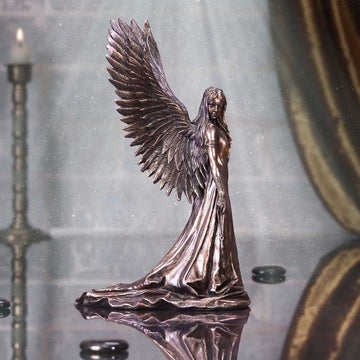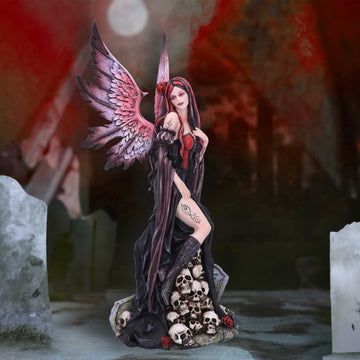Betty Boop, the iconic flapper of the 1930s, is not only a symbol of animation but also a figure who faced significant censorship throughout her career! Did you know that she was one of the first female cartoon characters to be sexualized, leading to various controversies? In this article, we’ll explore the pivotal moments when Betty Boop was censored, the reasons behind the censorship, and the lasting impact on her character and animation as a whole. Join us on this journey through the fascinating history of Betty Boop!
The Rise of Betty Boop
Betty Boop was created by animator Max Fleischer and made her first appearance in the 1930 short film Dizzy Dishes. She quickly became a sensation, captivating audiences with her jazz-infused personality and flapper style. With her trademark large eyes, curly hair, and playful demeanor, Betty embodied the spirit of the Roaring Twenties and resonated deeply with the public.
Betty Boop was significant not only as a character but also in the animation industry. She represented a shift in how female characters were portrayed—no longer just sweet, passive figures, but vibrant, independent women with their own desires and aspirations. Her rise to fame was meteoric, and she quickly became one of the most recognizable animated characters of her time. However, her success also drew scrutiny, paving the way for controversies that would challenge her image and legacy.
Early Censorship: The 1930s
The 1930s were a tumultuous time for the film industry, especially with the establishment of the Motion Picture Production Code, commonly known as the Hays Code, in 1934. This set of industry guidelines aimed to regulate the content of films and ensure that they adhered to moral standards. The Hays Code had a significant impact on the portrayal of women, sexuality, and violence in media, leading to a more conservative approach to storytelling.
Betty Boop, with her alluring appearance and playful antics, became a target for censorship. Key scenes and characteristics that led to her censorship included her revealing clothing, flirtatious behavior, and the suggestive nature of her songs and dances. As societal norms shifted, Betty's character began to clash with the expectations set by the Hays Code. This tension resulted in significant changes to her portrayal, ultimately altering the essence of her character.
Notable Censored Episodes
Several specific cartoons featuring Betty Boop faced censorship due to their provocative content. One notable example is the 1933 cartoon Betty Boop's Bamboo Isle, which featured Betty in a hula dance that was deemed inappropriate. The cartoon was modified to remove the more suggestive elements before its release, highlighting the growing concerns about Betty's portrayal.
Another instance was in Betty Boop and the Little King, where her flirtatious interactions were toned down to meet the standards of the time. Audiences had mixed reactions to these changes, with many fans expressing disappointment over the censorship of a character they had come to adore. The role of the media in these controversies was significant, as newspapers and publications debated the appropriateness of Betty Boop’s antics, ultimately shaping public perception.
The Shift in Betty Boop's Image
As censorship became more prevalent, Betty Boop’s character evolved significantly. The playful, rebellious flapper we once knew began to transform into a more conservative figure, reflecting the societal pressures of the time. Changes in her appearance, such as her increasingly modest clothing, signaled a shift away from the bold sexuality that initially defined her.
This transition was evident in subsequent cartoons, where Betty’s adventurous spirit was often replaced with more traditional female roles. Instead of embodying the liberated woman of the 1920s, she became a more restrained character, conforming to the expectations of the Hays Code. While this transformation helped preserve her career, it also diluted the vibrant personality that made her an icon in the first place.
Legacy of Censorship in Animation
The broader implications of Betty Boop’s censorship extend beyond her character, impacting the animation industry as a whole. The changes imposed by the Hays Code set a precedent for how female characters were portrayed in cartoons and films, often stripping them of their agency and complexity. This era of censorship limited the creative freedom of animators and led to a more homogenized approach to storytelling.
Betty Boop’s experience serves as a reminder of the ongoing dialogue about censorship in media today. The struggles she faced highlight the challenges of balancing artistic expression with societal norms and expectations. In a world where representation and diversity are increasingly important, Betty Boop’s story prompts us to reflect on the evolution of female characters in animation and the impact of censorship on their portrayal.
Conclusion
Betty Boop’s journey through censorship is a reflection of the evolving cultural landscape of America! Despite the challenges she faced, her character remains an enduring symbol of resilience and creativity in animation. Understanding when and why Betty Boop was censored not only sheds light on her legacy but also on the broader issues of representation and censorship in media.






